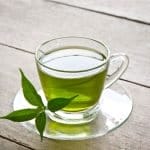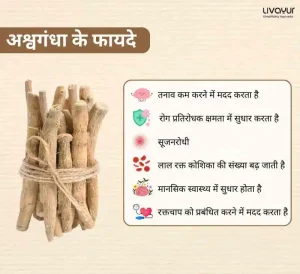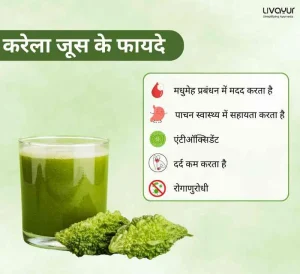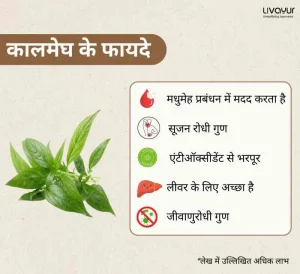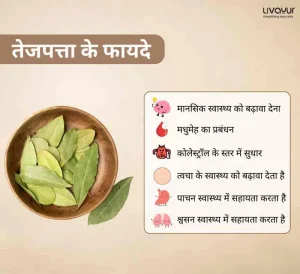In Ayurveda, diet is fundamental to achieving physical and mental balance. The Tamasic diet, derived from the Sanskrit word “Tamas,” signifies darkness, lethargy, and inactivity. This dietary approach is often viewed cautiously in Ayurvedic practices due to its perceived effects on the mind and body. However, understanding Tamasic foods and their implications can help make informed dietary choices and achieve a holistic approach to health.
What is the Tamasic Food?
The Tamasic diet is one of the three primary dietary classifications in Ayurveda, alongside Sattvic and Rajasic diets. Foods classified as Tamasic are typically heavy, over-processed, or stale, contributing to physical lethargy and mental dullness. They are believed to lower one’s energy levels and cloud mental clarity, making them generally unfavourable in Ayurvedic health practices. The essence of a Tamasic diet lies in its ability to bring about inertia, leading to an overall decline in motivation and vitality. [1]
Common Tamasic Foods
Tamasik foods encompass many items, often characterized by their heaviness and lack of freshness. Common Tamasic food list include: [1, 2, 3]
- Processed Foods: Items like fast food, high-sugar snacks, and refined grains are heavily processed and often stripped of nutritional value. These are tamasic food examples designed for convenience but can lead to health issues when consumed regularly.
- Stale Foods: Any food sitting out for a long time or repeatedly reheated loses its nutritional potency and becomes Tamasic. Such foods lack the vital energy that fresh foods provide.
- Fermented Foods: Though some fermented foods can be beneficial, excessive consumption of items like old pickles is considered Tamasic due to their over-aged nature and potential to disrupt the digestive system.
- Alcohol and Recreational Drugs: These substances impair judgment and reduce mental acuity, leading to a state of clouded consciousness and decreased physical coordination.
- Red Meat: Considered heavy and harder to digest, red meat can lead to sluggishness and has been linked to various health issues when consumed in excess.
- Deep-Fried Foods: Foods high in unhealthy fats, typically losing nutritional benefits through overcooking, contribute to physical and mental dullness.
- Caffeinated Drinks: While they provide a temporary energy boost, they often lead to an energy crash and contribute to inertia, disrupting natural energy rhythms.
- Strong Flavored Foods: Items like garlic and onions, while beneficial in moderation, are considered Tamasic when consumed excessively due to their pungent nature and potential to overstimulate the senses.
Benefits of Tamasic Foods
Though often advised against, Tamasic foods can offer specific benefits in certain contexts: [4]
- Grounding Effect: They can be grounding and stabilizing, which is helpful in times of extreme stress or anxiety. Tamasic foods can provide security and stability when one’s environment is chaotic.
- Cultural and Seasonal Necessity: In some cultural contexts, Tamasic foods are integral to traditional practices and can be beneficial during specific seasons when grounding is needed, such as during winter months.
Impact of Tamasic Food on Physical Health
Consuming a diet rich in Tamasic foods can have several negative impacts on physical health: [1, 5]
- Digestive Strain: Tamasic foods are generally heavy and can burden the digestive system, leading to constipation and indigestion. The body’s ability to efficiently process and eliminate these foods is compromised, leading to a buildup of toxins.
- Weight Gain: High-calorie, low-nutrient foods such as processed snacks and fried foods can contribute to obesity and related conditions like diabetes and heart disease. These foods often lead to overeating due to their low satiety value.
- Energy Depletion: Regular consumption of Tamasic foods often reduces energy levels, making physical activity and daily tasks more challenging. This lethargy can negatively impact overall productivity and physical fitness.
Impact of Tamasic Food on Mental Well-Being
The mental effects of a Tamasic diet can be profound: [1, 5]
- Reduced Mental Clarity: These foods can make the mind foggy and slow down cognitive functions, making concentration difficult. These foods’ lack of vital energy directly affects mental sharpness and alertness.
- Negative Emotions: Tamasic foods are associated with increased feelings of depression, anxiety, and lethargy. The body’s sluggishness translates to the mind, creating a cycle of negative emotions.
- Lack of Motivation: The inertia induced by Tamasic foods can lead to procrastination and a lack of drive, impacting productivity and mental health. Over time, this can result in a decreased quality of life and impaired personal growth.
Ayurvedic Perspective on Tamasic Foods
In Ayurveda, balance is critical to maintaining health. Tamasic foods are believed to disturb the equilibrium of the doshas, particularly aggravating Kapha. While some Tamasic foods might be necessary under certain circumstances, they are generally advised against because they disrupt the harmony of body and mind, leading to various ailments, ignorance, and darkness. Ayurvedic practitioners emphasize the importance of consuming Sattvic and Rajasic foods to maintain vitality and mental clarity. [1, 2, 3, 5]
Cultural Influences on Tamasic Foods
Cultural traditions and practices significantly influence dietary choices, including the consumption of Tamasic foods: [4]
- Festive Foods: During festivals and religious ceremonies, foods high in sugar and fat, often Tamasic, are consumed as part of tradition. These foods are associated with celebration and communal bonding.
- Regional Variations: Different regions have dietary preferences that include Tamasic foods due to local availability and agricultural practices. For example, certain areas may rely heavily on fermented foods as a preservation method.
- Religious Practices: In some religious contexts, including or avoiding certain Tamasic foods is prescribed to align with spiritual practices and beliefs. For instance, fasting and feasting practices may dictate the consumption of specific Tamasic items.
Counteracting A Tamasic Diet
To mitigate the effects of a Tamasic diet, consider incorporating more Sattvic and Rajasic foods: [4]
- Eat Fresh: Prioritize fresh fruits, vegetables, and whole grains to counterbalance the heaviness of Tamasic foods. Fresh foods are rich in prana (life force), which rejuvenates the body and mind.
- Hydration: Ensure adequate water intake to support digestion and overall energy levels. Proper hydration aids in detoxification and maintains bodily functions.
- Mindful Eating: Practice mindful eating by focusing on the quality and freshness of the food consumed and avoiding overeating. Being conscious of food choices can help you make healthier decisions.
Conclusion
Understanding the Tamasic food meaning and its potential effects is crucial for making informed dietary decisions. While Tamasic foods can offer certain benefits in specific contexts, their overall impact on physical and mental health is generally negative. Balancing the diet with more Sattvic and Rajasic foods can promote better health and well-being, which aligns with Ayurvedic principles.
Disclaimer
This article is for informational purposes only and should not be considered medical advice. Consult a healthcare professional or an Ayurvedic practitioner before significantly changing your diet.
FAQs
What is a Tamasic diet?
A Tamasic diet includes foods that are stale, over-processed, and heavy, leading to lethargy and mental dullness.
What are the characteristics of Tamasic foods?
Tamasic foods are generally stale, processed, fermented, and heavy, making them difficult to digest and negatively affecting mental clarity.
Is the Tamasic diet completely vegetarian?
Not necessarily. While many Tamasic foods are vegetarian, such as processed snacks and stale vegetables, they include non-vegetarian items like red meat.
Do I have to avoid Tamasic foods altogether?
Consuming Tamasic foods in moderation and focusing on a more balanced diet with Sattvic and Rajasic foods for better health is advisable.
References
- Yogic Diet for Immunity and Health
- Traditional methods of food habits and dietary preparations in Ayurveda—the Indian system of medicine
- Sattvic diet and all-cause mortality: a systematic review
- Traditional and ayurvedic foods of Indian origin
- Yoga, bioenergetics and eating behaviors: A conceptual review

